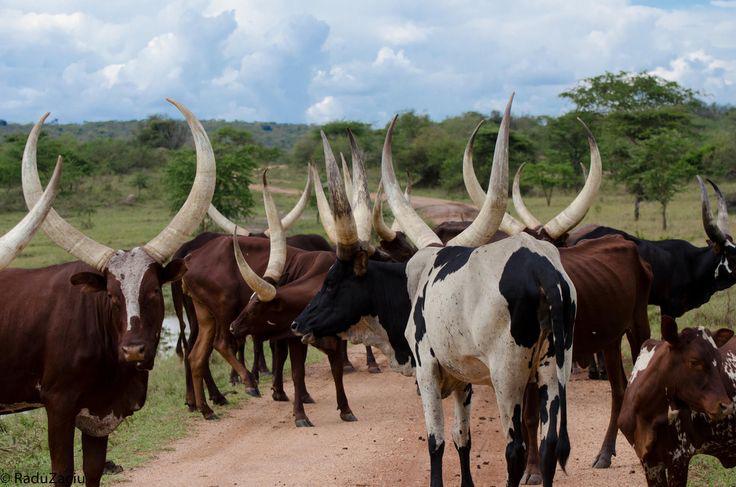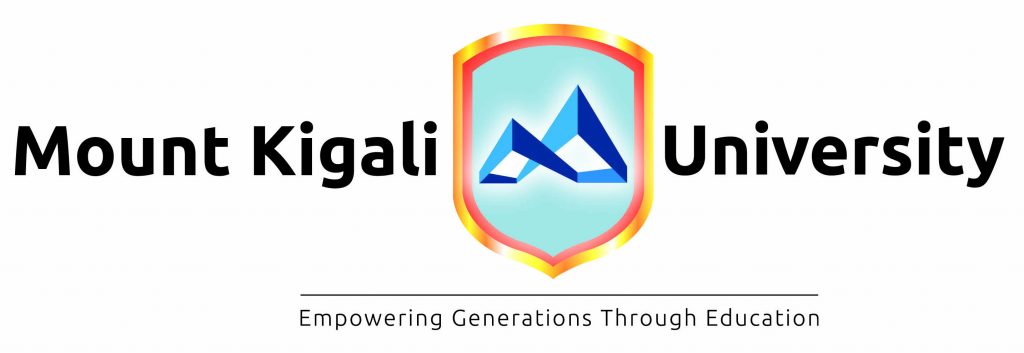In Rwanda, a cow is more than just an animal. It’s a blessing, a sign of prosperity, a source of pride, and, for many families, a doorway to transformation. The Gira Inka program, also known as One Cow per Poor Family, is one of Rwanda’s most celebrated social protection strategies, deeply rooted in culture, tradition, and unity.
Since its launch in 2006, it has transformed thousands of lives through a single but powerful gift: a cow. But this is not merely a story about livestock. It’s about dignity, hope, community, and healing—a national rebirth that began with a simple idea.
A tradition reimagined
In pre-colonial Rwanda, cows were sacred. They symbolized wealth, nobility, and status. Cows were honored in poetry, songs, and names. They were passed down through generations like treasure. After the 1994 Genocide against the Tutsi, the country lay in ruins economically, emotionally, and spiritually. Entire families were gone. Cattle herds were decimated. Trust among neighbors was shattered.
To restore both livelihoods and dignity, the Government of Rwanda under President Paul Kagame launched several social rebuilding strategies. One of the most heartfelt was Gira Inka Munyarwanda.
Officially launched in 2006, the initiative aimed to give each poor household a cow to improve nutrition, boost agriculture, and foster cooperation and reconciliation.
How one cow changes Everything
In rural Rwanda, owning a cow is life-changing. Take Jeanne Uwiringiyimana, a 42-year-old mother of four from Nyamagabe District. Before receiving a cow, her children often went to school hungry. Life was a struggle.
“I remember the day they told me I was selected,” Jeanne recalls, her eyes brimming with tears. “It wasn’t just a cow. It was a second chance at life.”
She named her cow Imena, meaning “hero.” Within a year, Imena gave birth and began producing milk. Jeanne’s children started drinking fresh milk daily. They grew healthier. She sold the extra milk and used the savings to buy school uniforms. Later, she joined a women’s cooperative, gained financial literacy, and even expanded her farm. Today, Jeanne owns two cows and a small banana plantation—a quiet testament to resilience.
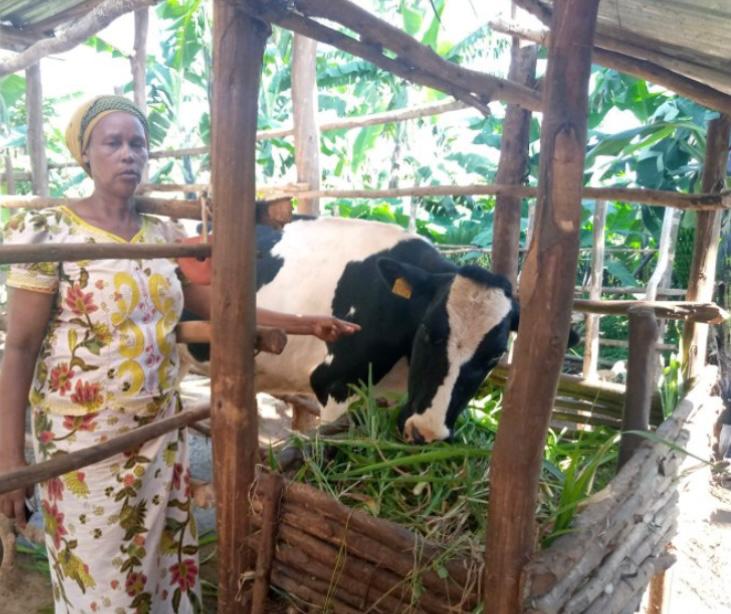
The program’s impact on nutrition is significant. Studies have shown that Gira Inka has enabled beneficiaries to reduce malnutrition and increase the number of meals per day.
For instance, a survey in Ngoma District found that over 90% of beneficiaries reported using cow manure on their farms, leading to improved soil fertility and increased crop yields. This direct link between livestock, agriculture, and improved food security is a core success of the program.
The power of passing it on
A defining feature of Girinka is kuziturirana—the act of passing on the first female calf to another family in need. It’s a cycle of compassion that builds bridges.
Mutabazi Emmanuel, a retired teacher in Rutsiro District, received a cow in 2010. He named it Urukundo, meaning “love,” as a reminder that even in retirement and hardship, the nation cared.
When Urukundo gave birth, Mutabazi passed the calf to his neighbor Claudine, a young widow. That simple act ended a years-long silence between their families, once divided by a land dispute. Today, both families live in harmony.
Mutabazi’s grandson, Aime, who once depended on cow’s milk for nourishment, now dreams of becoming a veterinarian. This “pass-on” practice has been instrumental in promoting unity and peace, with many respondents in studies affirming that the program created long-lasting bonds between givers and recipients.
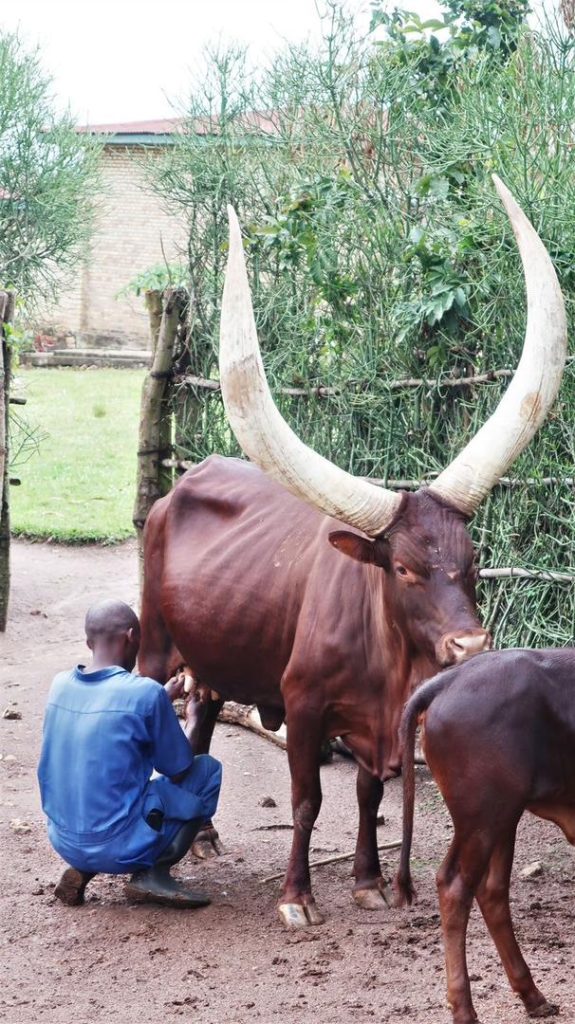
Overcoming challenges
Like any large-scale program, Girinka has faced hurdles—animal diseases, the misuse of cows, and inadequate knowledge of care. Challenges such as insufficient fodder, lack of closer veterinary services, and the need for better quality dairy inputs have been identified.
However, the government, in partnership with NGOs and local leaders, has actively responded with comprehensive training, improved veterinary services, and community monitoring.
Every recipient now receives instruction on feeding, sheltering, and managing a cow, along with access to ongoing support. These efforts ensure that the cows not only survive but thrive.
Initiatives like the “Greening Girinka Project,” implemented by the Rwanda Agriculture and Animal Resources Development Board (RAB) and partners, have introduced climate-smart approaches and new technologies for smallholder farmers, focusing on forage establishment and conservation to address fodder shortages, especially during dry seasons.
A future rooted in hope
Girinka is also inspiring a new generation. Young Rwandans are innovating with cows, launching milk-processing ventures, creating organic fertilizers, and developing agri-tech solutions. One such youth is Chantal Ingabire, a 23-year-old veterinary student from Musanze. She’s designing a mobile app to help farmers track vaccinations and feeding schedules.
“I was inspired by Girinka,” she says. “I saw how one cow changed my aunt’s life. I wanted to contribute to that impact.”
The program has significantly contributed to increased milk production nationwide, with annual milk production rising substantially since 2000, largely due to the increase in dairy cattle distributed through Girinka. This has also led to an increase in milk collection centers, boosting the dairy value chain.
More than a program but a symbol of reconciliation too
Beyond food and income, cows have also become symbols of peace. In districts like Bugesera, survivors of the genocide have shared calves with the families of former perpetrators. These moments are not easy—but they are transformative.
“When I gave a calf to the wife of the man who killed my brother, I cried,” says Beatha, a genocide survivor. “But that was the beginning of peace in my heart.”
President Paul Kagame himself has often reflected on the program’s broader impact, stating, “In my visits around Rwanda, I have seen for myself how Girinka has transformed the lives of poor people. Many have told me that this is the first time they have ever owned anything, the first time they have ever earned anything. Now their families are better fed and they are earning money.”
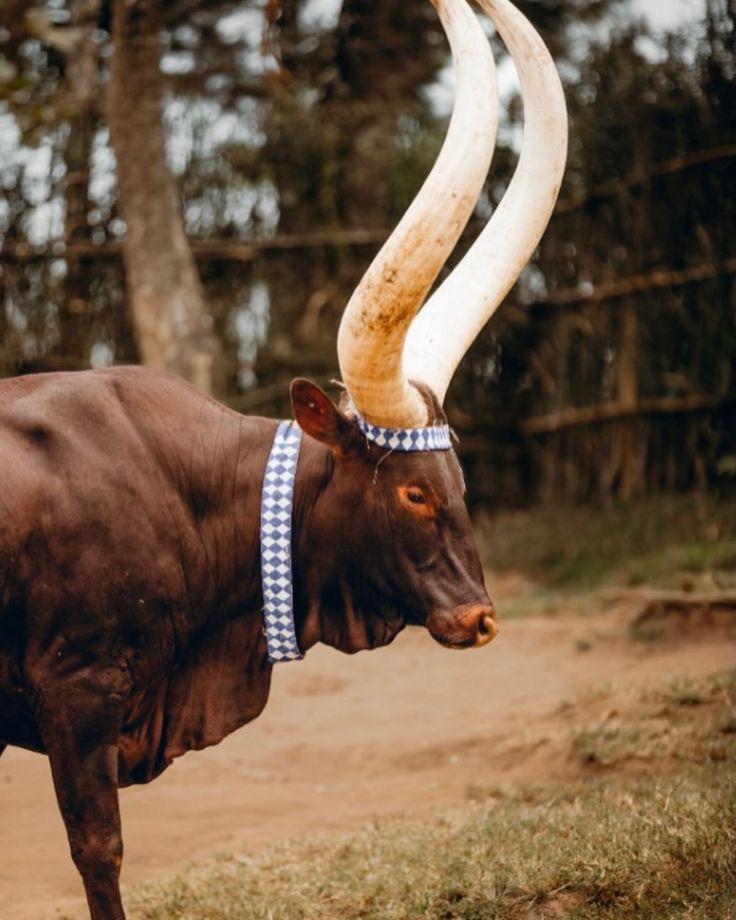
Cows are still sung about in Rwandan poetry. They still carry names and blessings. But today, they carry something more: hope. Whether it’s a child growing strong on milk, a youth building a business, or neighbors learning to trust again, the cow has become a living gift—a gentle creature that heals a nation.

